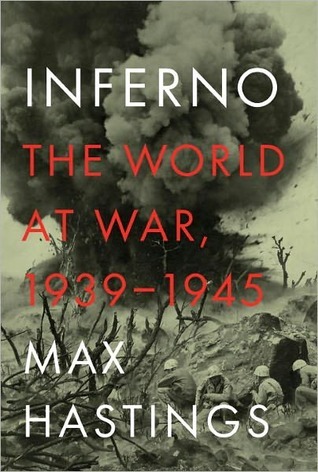More on this book
Community
Kindle Notes & Highlights
University, a Japanese historian. “The Emperor was obliged to act in accordance with the Japanese constitution, which meant that he was obliged to heed the wishes of the army, navy and civilian politicians. He was able to take the decision to end the war only when those forces had invited him to do so.” Even if this assertion was open to the widest variety of interpretations, as it remains today, it was plain that Hirohito could move towards surrender only when a consensus had evolved within Japan’s leadership. This was narrowly achieved in mid-August 1945, but not a day before.
Just as Hitler was the architect of Germany’s devastation, the Tokyo regime bore overwhelming responsibility for what took place at Hiroshima and Nagasaki. If Japan’s leaders had bowed to logic, as well as to the welfare of their own people, by quitting the war, the atomic bombs would not have been dropped.
Hastings, Max. Bomber Command. Michael Joseph, 1979. ———. Overlord: D-Day and the Battle for Normandy. Michael Joseph, 1984. ———. Armageddon: The Battle for Germany, 1944–45. Macmillan, 2004. ———. Nemesis: The Battle for Japan, 1944–45. HarperCollins, 2007. ———. Finest Years. HarperCollins, 2009.
Longerich, Peter. Holocaust. Oxford, 2010.
Lukacs, John. The Legacy of the Second World War. Yale, 2010.
Merridale, Catherine. Ivan’s War. Faber, 2005.
Mochalasky, Fydor. Gulag Boss. Oxford, 2010.
Waugh, Evelyn. Officers and Gentlemen. Chapman & Hall, 1955. ———. Unconditional Surrender. Chapman & Hall, 1961.


